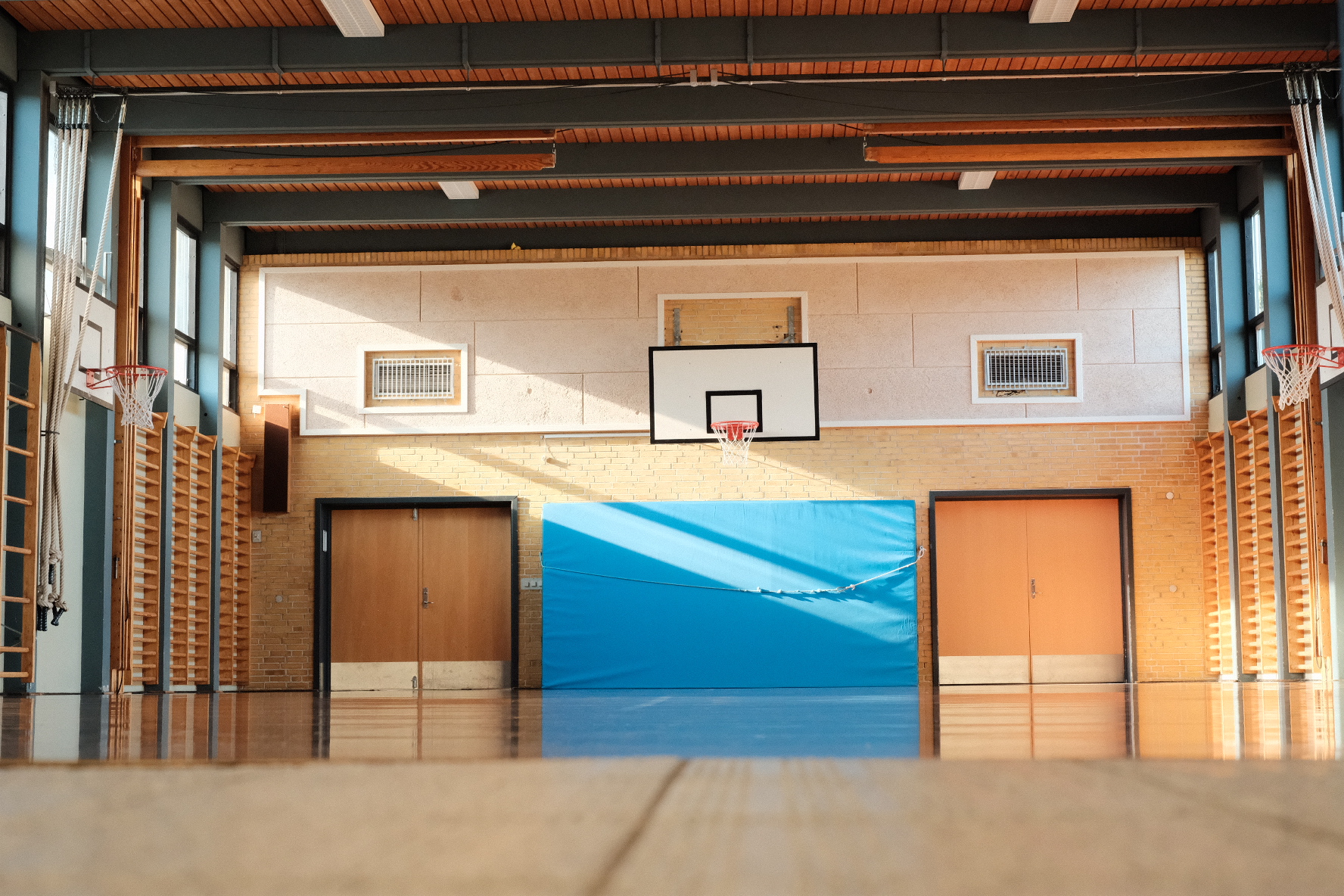- Mon - Thu: 8.00 - 16.00
- Fri: 8.00 - 15.00
- contact@hallmonitor.eu
- +45 93 95 93 88

Every year, municipalities invest significant amounts in facility subsidies for associations and clubs to support communities, activities, and wellbeing. But much of this support is based on booked time – not necessarily on how much the facilities are actually used.
Experience shows that up to 20% of booked hours in many sports halls are never utilised. This means municipalities risk subsidising empty halls and rooms. Resources that could have supported more activity or more organisations are instead tied to unused hours. The core challenge is that the current subsidy and booking system does not reflect actual usage – unless there are effective cancellation routines or on-site monitoring, both of which require resources.
Imagine a hall that is booked 40 hours per week – but only actually used for 30. The remaining 10 hours still count towards the municipal budget. If this pattern repeats across multiple facilities, it can result in significant costs that are not converted into real activity or value for citizens.
An interesting initiative to follow comes from Norddjurs Municipality, where a new subsidy model aims to promote more activity. The principles for supporting self-governing sports halls are being revised in favour of a new approach that rewards actual activity and increases transparency – for example, through a variable subsidy based on the number of association hours and school hours.
The case from Norddjurs, published by the Danish Institute for Sports Studies and IFFD Tal & Viden, shows how subsidies are more closely tied to actual attendance and documented activity. Read the case here.
The challenge can be addressed by gaining a clear overview of actual facility use – enabling better decisions for everyone involved. With insight into real usage, time can be allocated more fairly and open up new opportunities for activities that might otherwise not qualify for subsidies.
HallMonitor provides precise, anonymous data on how facilities are used in practice. The system’s sensors detect activity without recording or storing personal information. Municipalities and facility managers gain clear documentation of where activity takes place – and where rooms remain unused.
Facility subsidies are essential to association life – but there is a need to consider how funds can be used to generate the greatest value. Experience shows that a share of booked time goes unused, meaning there is clear potential to support more activity without increasing costs.
The example from Norddjurs is a positive development in the ongoing work among municipalities to adapt their subsidy models in ways that promote activity and improve the distribution of resources. With HallMonitor, municipalities can gain factual insight and a solid data foundation to help revise their models and ensure that resources are directed where they make the greatest impact.
HallMonitor provides transparency and a solid basis for both municipalities and associations to make the most of existing funds. This leads to better alignment between needs and available time – and ensures that public funds benefit as many as possible.
Would you like to learn more about how HallMonitor can help optimise subsidy schemes and facility use? Feel free to contact us for a non-binding conversation.
Understand how HallMonitor detects activity and optimises facilities – fully anonymously and in real time.
See how HallMonitor can support you and your facilities – from sports halls to parks.
Explore insights from municipalities and facilities already using HallMonitor in their daily operations.